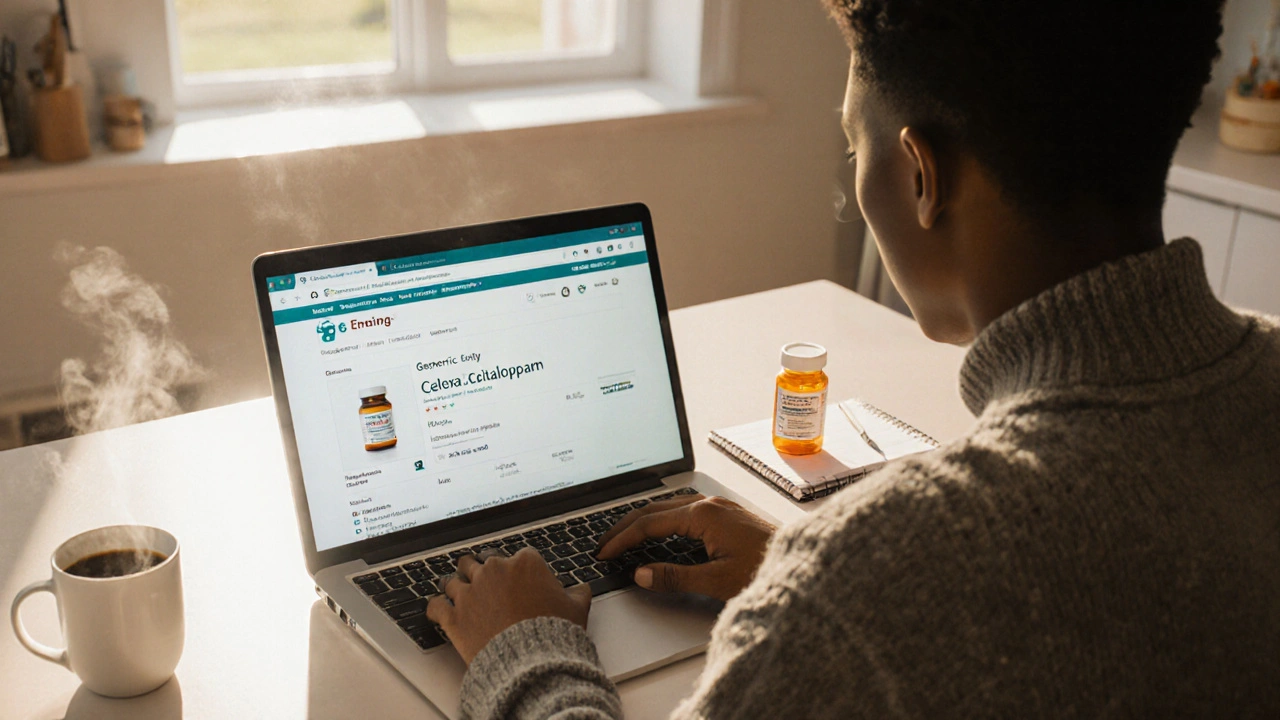Generic Antidepressant Overview
If you’ve been prescribed an antidepressant, you’ve probably noticed the word “generic” on the label. A generic antidepressant is the same medicine as a brand‑name version, just without the company’s trademark. It contains the same active ingredient, dosage, and works the same way, but it’s usually a lot cheaper.
Why do you even have a choice? When a drug’s patent expires, other manufacturers can produce it. That competition drives the price down, letting you save money without sacrificing effectiveness. In the U.S. and many other countries, insurance plans often favor generics first, so knowing what’s out there can keep your pharmacy bill in check.
Common Generic Antidepressant Types
Antidepressants fall into several classes. Each class targets brain chemicals a little differently, so the right one depends on your symptoms and how you react to treatment.
- SSRIs (Selective Serotonin Reuptake Inhibitors) – The most widely prescribed. Generic versions include fluoxetine (Prozac), sertraline (Zoloft), escitalopram (Lexapro), and citalopram (Celexa). They boost serotonin, which helps improve mood and anxiety.
- SNRIs (Serotonin‑Norepinephrine Reuptake Inhibitors) – Generic duloxetine (Cymbalta) and venlafaxine (Effexor). These lift both serotonin and norepinephrine, often helping with pain along with depression.
- Tricyclic Antidepressants (TCAs) – Older but still useful. Generic amitriptyline and nortriptyline fall here. They affect multiple neurotransmitters and are sometimes used for chronic pain or migraine prevention.
- Atypical Antidepressants – A mixed bag. Generic bupropion (Wellbutrin) works on dopamine and norepinephrine, while trazodone is often used for sleep.
All these generics have been tested for bioequivalence, meaning blood levels match the brand‑name drug. That guarantee helps doctors feel comfortable prescribing them.
How to Use Generic Antidepressants Safely
Even though the drug itself is the same, a few practical steps can make the experience smoother.
Start low, go slow. Most doctors begin with a low dose and increase it gradually. This reduces side‑effects like nausea, headache, or insomnia.
Stick to a schedule. Take the pill at the same time each day. Some work best in the morning, others at night, depending on whether they make you sleepy.
Watch for interactions. Over‑the‑counter meds, supplements, and even certain foods can affect antidepressants. For example, St. John’s wort can lower the effectiveness of many SSRIs.
Give it time. Antidepressants usually need 4–6 weeks to show full benefit. If you feel better sooner, that’s great, but keep taking it as prescribed unless a doctor tells you otherwise.
Know the red flags. If you notice sudden mood swings, thoughts of self‑harm, or severe side‑effects, contact a healthcare professional right away. Adjustments can be made quickly.
When you pick up a generic, check the imprint and packaging to confirm it’s from a reputable pharmacy. Look for a verified seal or the pharmacy’s registration number. If anything feels off, call the pharmacy or your doctor.
Bottom line: generic antidepressants give you the same relief as brand‑name drugs for a fraction of the cost. Understanding the classes, starting correctly, and staying aware of side‑effects puts you in control of your mental health journey.

